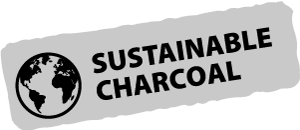We all know that there is nothing better than to head to the coast for a barbecue on a sunny day. Wind in your hair, sea lapping at your feet and the amazing smells drifting up from your barbecue, but all to often some people can forget the potential dangers of unsafe disposal of the Instant Barbecue after they have finished eating.
So here are some do’s and don’ts to help stay safe on the beach:






